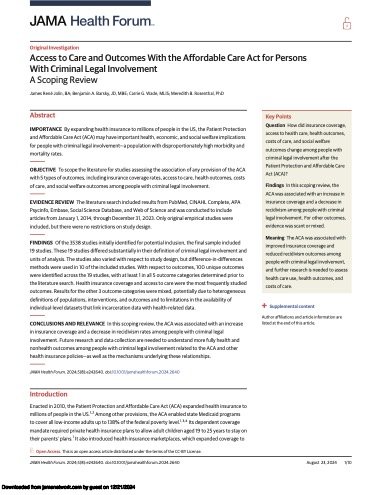By Jennifer Scaife,
In March 2025, the New York State (NYS) Department of Correction and Community Supervision (DOCCS) and correction officers reached an agreement to end a 22-day unauthorized work stoppage.1 That agreement includes three terms related to the Humane Alternatives to Long-Term Solitary Confinement Act (HALT), a law that limits and regulates DOCCS’ use of segregated confinement: (1) a 90-day suspension of the law’s programming provisions, (2) a directive for facility administrators to prioritize suspending general population programs over HALT-mandated ones on days with high staff vacancies, and (3) the establishment of a committee to recommend changes to the law (HALT Committee). Before these events unfolded, the Correctional Association of New York (CANY) set out to examine two interrelated issues: compliance with and perceptions of HALT within state correctional facilities. In March 2023, CANY published a report examining the first eight months of HALT’s implementation. Building on that earlier work, this report examines trends in DOCCS’ use of segregated confinement, compliance with key provisions of the law, and perceptions of HALT’s impact on work and life in prison. More specifically, this report covers the period from January 2023 to July 2024 but occasionally includes data from the year before and months after HALT was implemented for comparison. The analysis draws from one-on-one interviews, stakeholder meetings, and administrative data. It is presented in three sections: Part I: Analysis of DOCCS’ Data on the Special Housing Unit (SHU) and Rehabilitative Residential Unit (RRU), Part II: Implementing HALT, and Part III: Living and Working with HALT. The report finds that, since HALT was implemented, the number of people isolated from the general population for disciplinary reasons, either in a SHU or RRU, has increased. While the SHU and RRU are meant to serve distinct purposes, the law’s implementation—constrained by existing infrastructure, staffing challenges, and, at times, DOCCS’ interpretation—has led to gaps in compliance that blur the distinction between the two units.
New York: Correctional Association of New York, 2026. 111p.
















